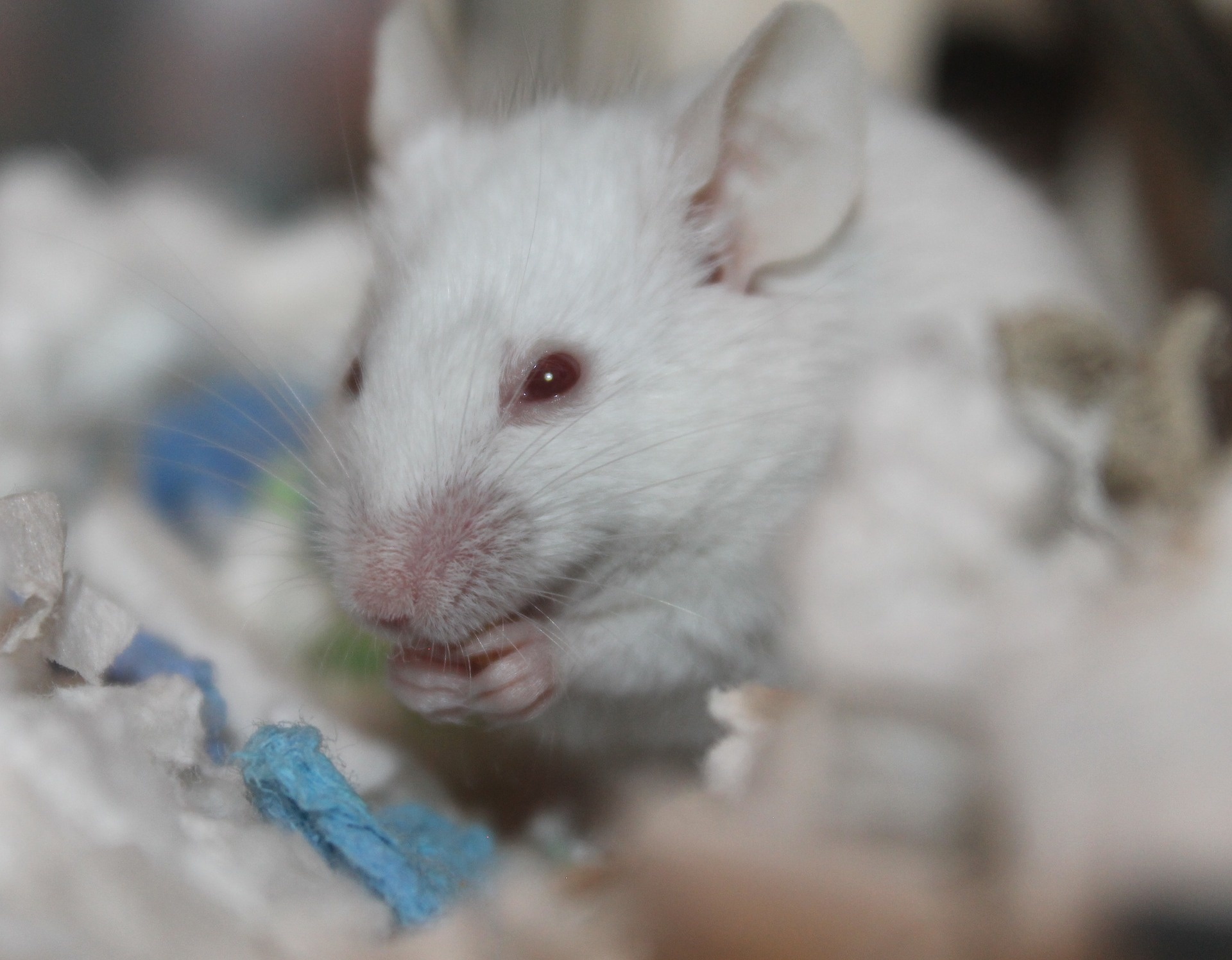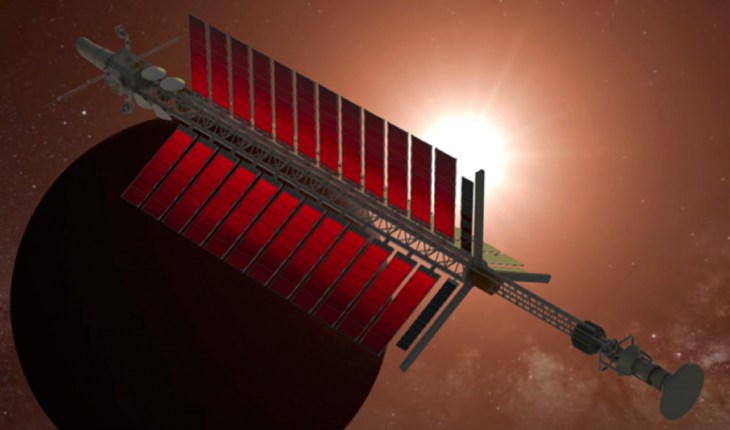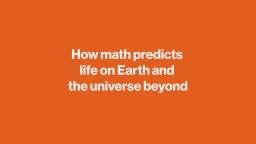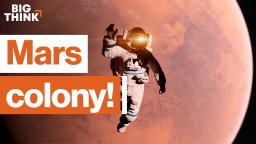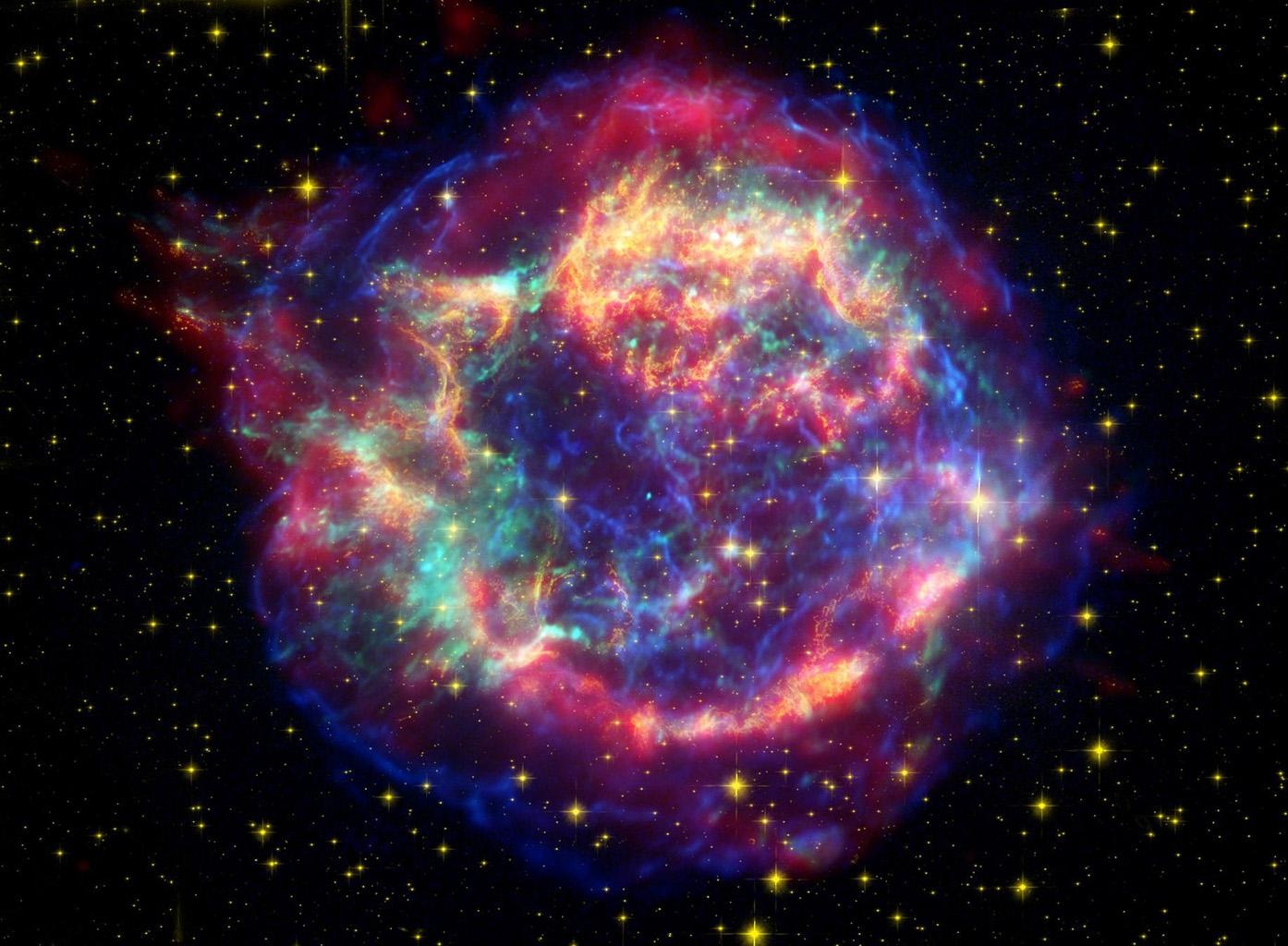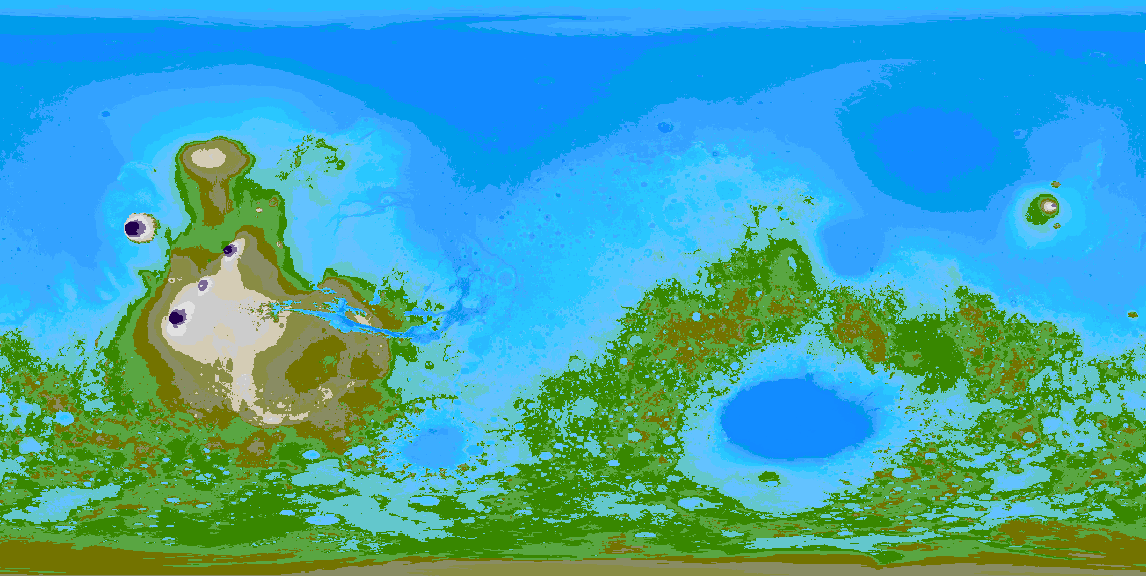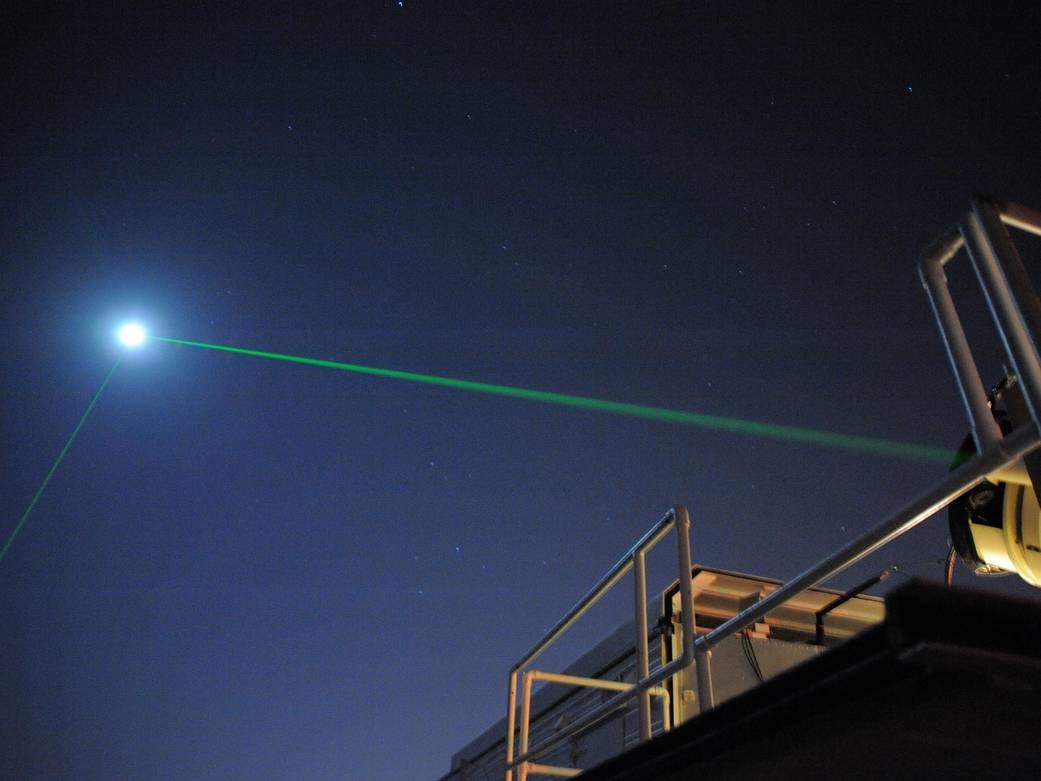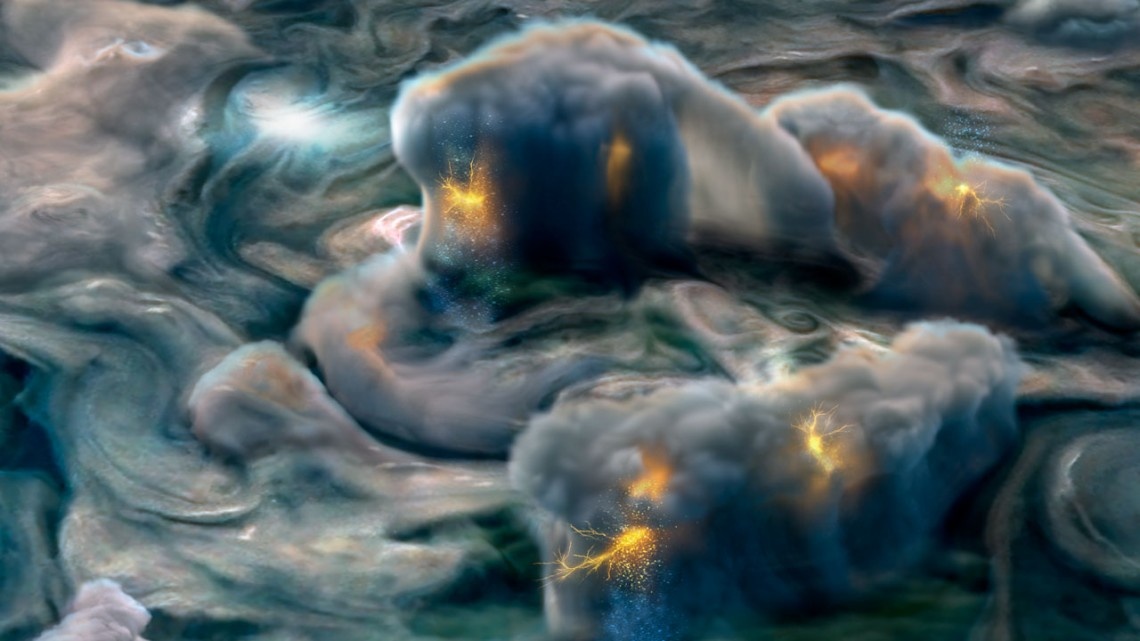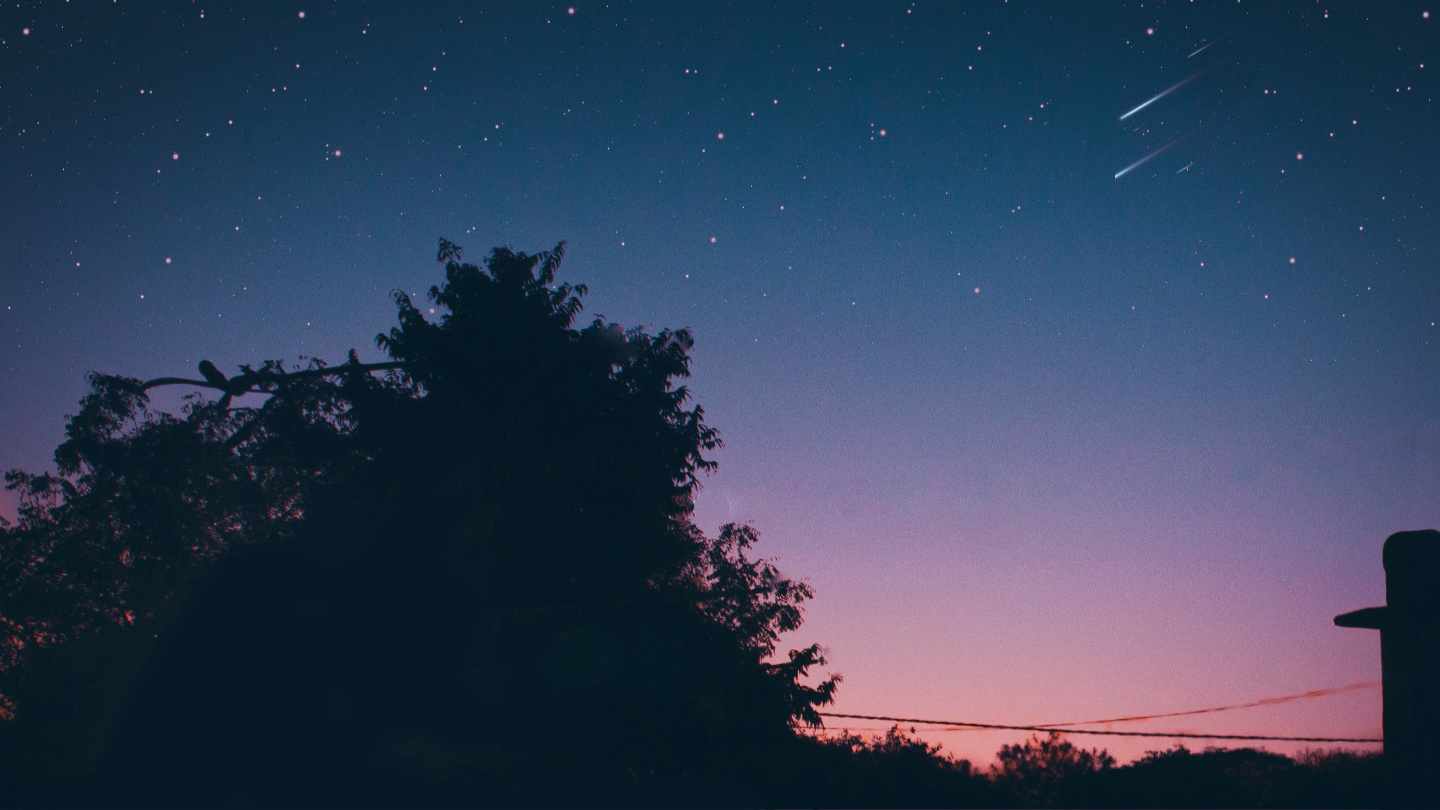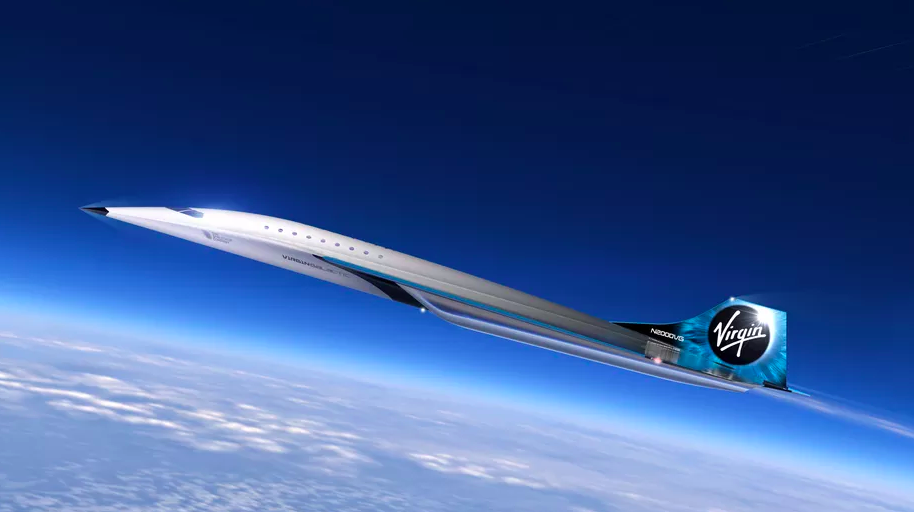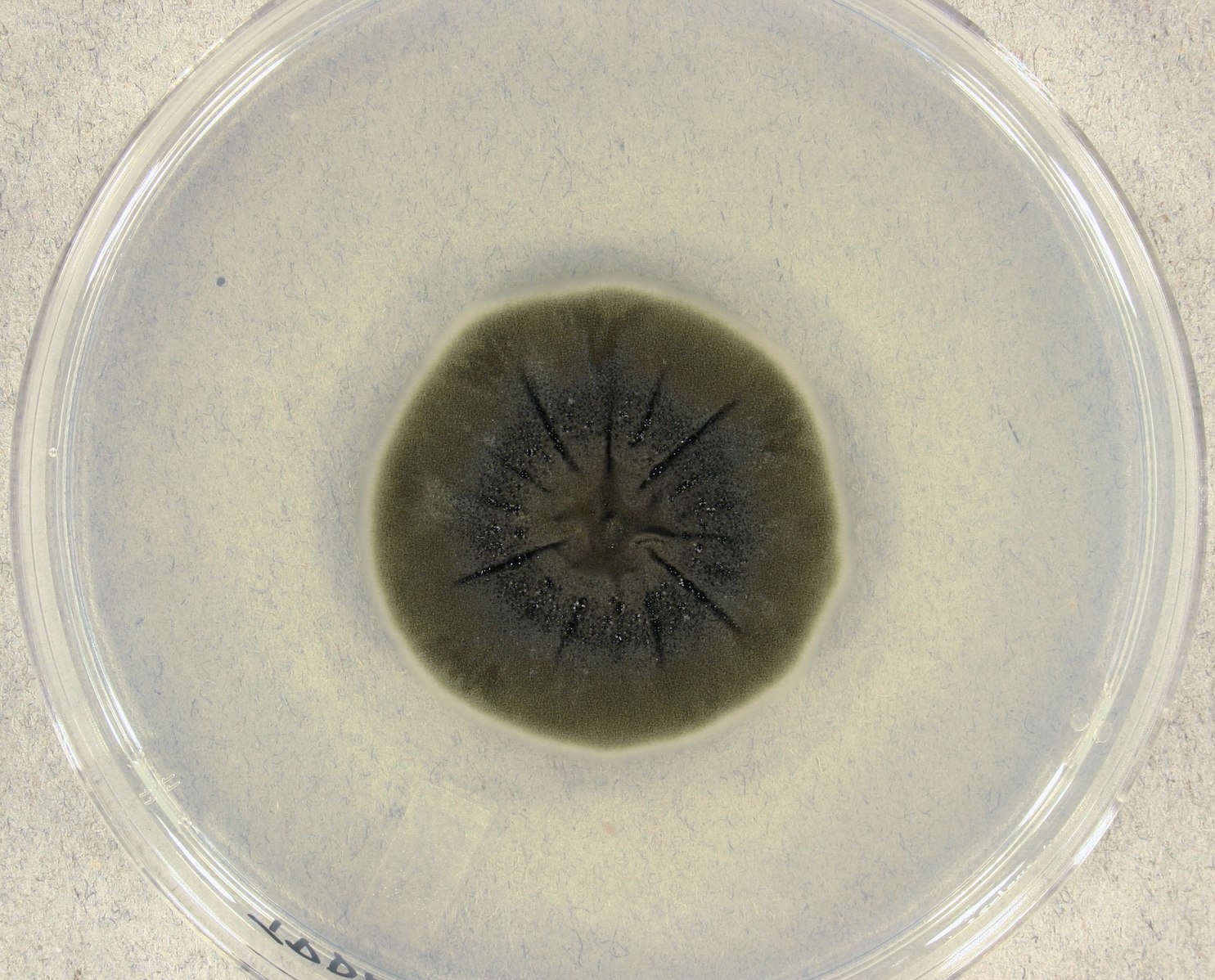space
Grandfathers, take heart. You’ll survive the paradox that’s been gunning for you since the 1930s.
Researchers detect a large lake and several ponds deep under the ice of the Martian South Pole.
Techshot’s 3D BioFabrication Facility successfully printed human heart tissue aboard the International Space Station.
This space expansionist ideology marked the beginning of what Arendt called “earth alienation.”
How Nobel Prize winner physicist Lev Landau ranked the best physics minds of his generation.
The images and our best computer models don’t agree.
Astronomers spot an object heading into Earth orbit.
Turns out chitin is quite useful when you need a wrench.
Construction is nearly complete for a camera that will take 3,200-megapixel panoramas of the southern night sky.
Scientists have detected within the Venusian atmosphere a chemical known to be a byproduct of life.
Does time exist? Here’s what the debate is all about.
▸
13 min
—
with
Targeting a signaling pathway in mice helped them retain muscle and bone mass aboard the International Space Station, according to a new study.
The drive would provide enough thrust for a spacecraft to travel near the speed of light using only electricity, says physicist Jim Woodward.
Astronomer Michelle Thaller schools us on what atoms really look, the Big Bang theory, and the speed of light.
▸
9 min
—
with
Astronomers propose a new location for the mysterious force that accelerates the universe.
Dust sticking to things on the moon is a serious problem researchers are trying to solve.
A new study shows bacteria could survive travel from Earth to Mars.
The mission could launch as soon as the 2030s, the researchers said.
Firsthand accounts of what it’s really like to go to and come back from space.
▸
14 min
—
with
Math doesn’t suck. It is one of humanity’s greatest and most mysterious journeys.
▸
15 min
—
with
A new study discovers how blazars shoot out jets of radiation towards Earth.
The theory could resolve some unanswered questions.
Just how close are we to setting up camp on another planet? It’s complicated.
▸
17 min
—
with
A new study sheds light on the final supernovae of the Universe.
A 71% wet Mars would have two major land masses and one giant ‘Medimartian Sea.’
After a decade of failed attempts, scientists successfully bounced photons off of a reflector aboard the Lunar Reconnaissance Orbiter, some 240,000 miles from Earth.
Some of the most extreme weather in the Solar System just got stranger.
The meteorites suggest astronomers may have small, early planets wrong.
The space tourism company Virgin Galactic teams up with Rolls Royce to create a new Mach 3 supersonic aircraft.
A recent study tested how well the fungi species Cladosporium sphaerospermum blocked cosmic radiation aboard the International Space Station.











